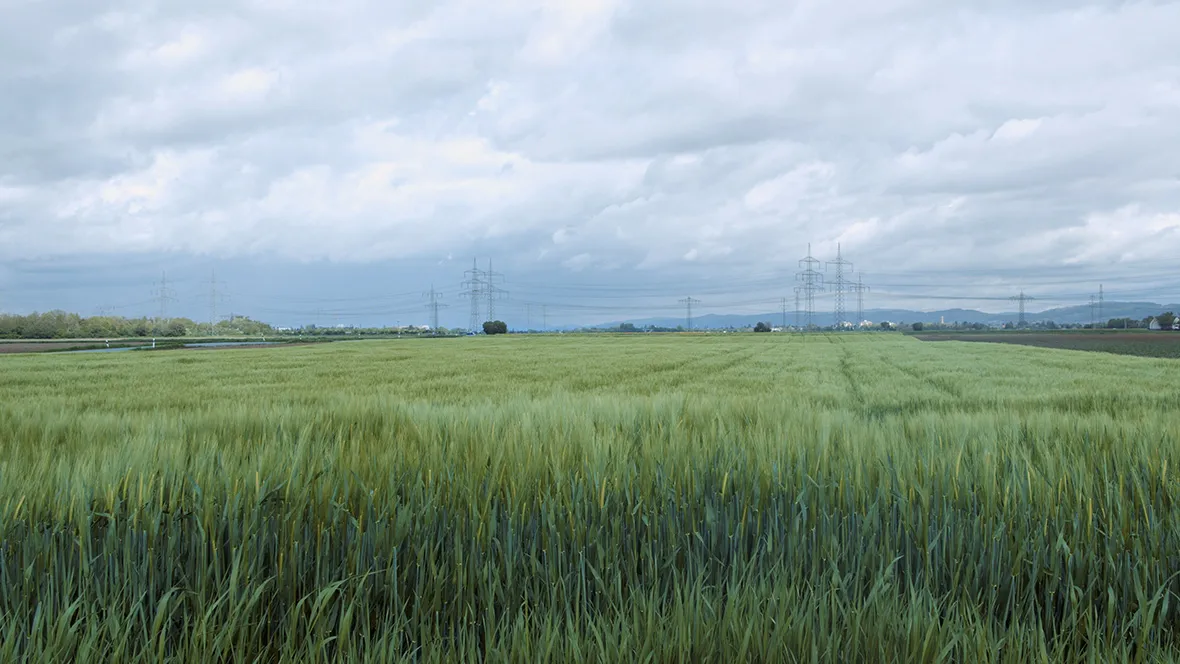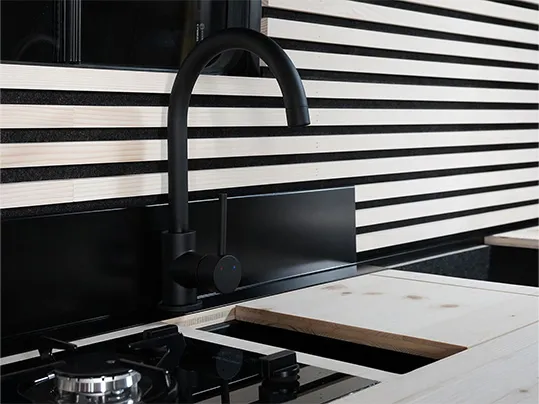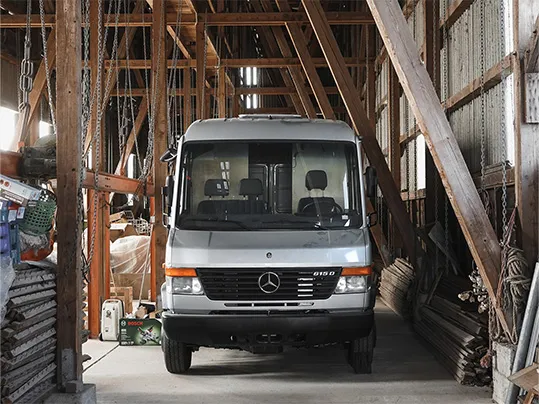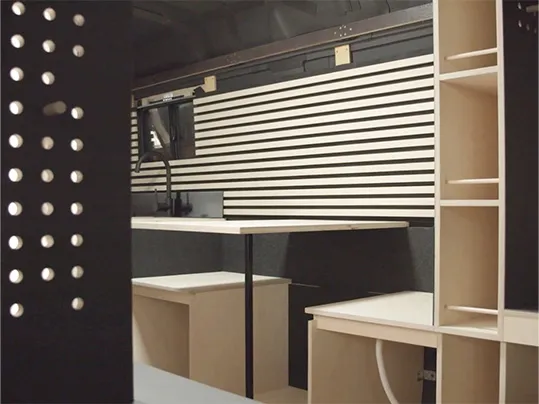The Nomads

PENTA-P is an architecture and hands-on conceptual design firm founded in 2019 by Pia Phanaphet and Philip Rufus Knauf. The studio focuses on small-scale living solutions ranging from converted shipping containers, tiny houses and campervan concepts, to micro apartments and residentials.
Both Pia and Philip studied architecture at the State Academy of Art and Design in Stuttgart. Pia has worked as an architect for EFFEKT and WERK in Copenhagen. Philip has worked as an architect and project leader for BIG | BJARKE INGELS GROUP in Copenhagen, LENDAGER and UN STUDIO in Amsterdam.

At the core of their work as Penta-P is always the question of scale and functionality. In their view a good design is proving itself when a limited amount of space is used to its fullest potential.
They don’t simply design nice spaces, but primarily design their client’s experience as a user of that space. Therefore, making a specific concept work for a specific person, fitting everything to the individual needs, is a meaningful challenge for them.
In order to enable a space to serve multiple purposes, they explore the possibilities of multi-functional furniture and adaptive interiors, which can be modified by the user depending on the time of day, or the desired activity.


Their academic background was defined by a workshop and studio culture, which firmly influenced their approach to materials, and the considerations of how conceptual ideas and their materialization could eventually influence each other. The physical playground of the workshop is where digital concepts turn into physical prototypes, and where a lot of inspiration can be drawn from going back to the studio.
Their approach to materials, and the way they design, is strongly driven by looking for integrity in the materials they choose and trying to emphasize each component for what it really is.
In a small space, due to the constant proximity to the design, a conscious decision in the selection of materials is crucial simply because all sensual receptors will always be up close to it. The way each element is shaped, joined and treated, instantly goes hand-in-hand with how it smells, feels and sounds.
Pia and Philip spent the majority of their adult lives in varying cities and countries. Over the years, they have gotten used to limiting their possessions in order to become more and more flexible. This has allowed them to explore life in different environments and cultures, a trade-off that has been very much worth it.
When they started their own studio, after several years in a traditional architecture career, this desire of exploration lead them to the idea of running a studio that is not bound by place. This is the age of digital nomads!
A mobile studio that allows them to work on their projects remotely, and travel at the same time, feels like the ultimate solution.


Their work, and particularly the van project, is very much driven by the desire to take a project from the very first sketch to the very last screw, and to develop a deep understanding of what it is that they are working on.
Currently Pia and Philip are finishing a full interior transformation of a former utility truck into a micro-apartment and mobile office space. The van is a Mercedes Vario 615D from 2005. They had to completely strip and restore the vehicle. A process of several months that involved countless days and nights of research and learning by doing.
Just like the finer carpentry work on the interior, all the rusty and oily mechanical work was done 100% by themselves.
Their ambition was to create an interior space that would feel like living in a big piece of furniture. A functional but cozy micro-apartment, without sacrificing any of the amenities or features of a standard apartment. In this project they prove that density is not contrary to comfort.
The first thing you see when entering the van is a very generous center aisle. Both sides of the aisle are defined by a continuous cabinet that counters the spacious aisle with dense storage space for all the necessary installations and equipment.
The plywood fronts along the aisle are interrupted by three large nooks, recessed into the wall to offer intimate spaces and situations for different uses – such as a dining nook, an office nook, and a daybed nook. Folding down the cabinet fronts reveals a fourth nook, which is bridged and combined with the dining nook, to form a full size bed across the entire width of the space. During the daytime, it is tucked away to free space for other activities.


Using plywood for the main elements of a campervan buildout was a logical decision. In their design Pia and Philip wanted to emphasize the true character of the structure by keeping the cabinet fronts raw, exposing the birch texture, and merely finishing it with a pigmented oil. The nooks are emphasized by a Charcoal-colored Furniture linoleum 4166, creating a sharp but delicate contrast to the raw birch plywood.
The color concept for the interior, based on the van’s exterior, which is strictly silver with black details, was actually decided upon before knowing which material would allow them to achieve it. The color scheme of the interior should be a cozy and inviting adaptation of the outside.
Warm wooden tones make up the main surfaces of the interior, while strictly matte black applications and finishes create the counterpart. For this Pia and Philip investigated different finishes, treatments, additives and composites and eventually discovered Furniture linoleum as the ideal material.
Pia Phanaphet and Philip Rufus Knauf
Gal Keshet | directing, filming and editing
Gena Haensel | transcription
Simone de Vries | consultancy
Photography by PENTA-P